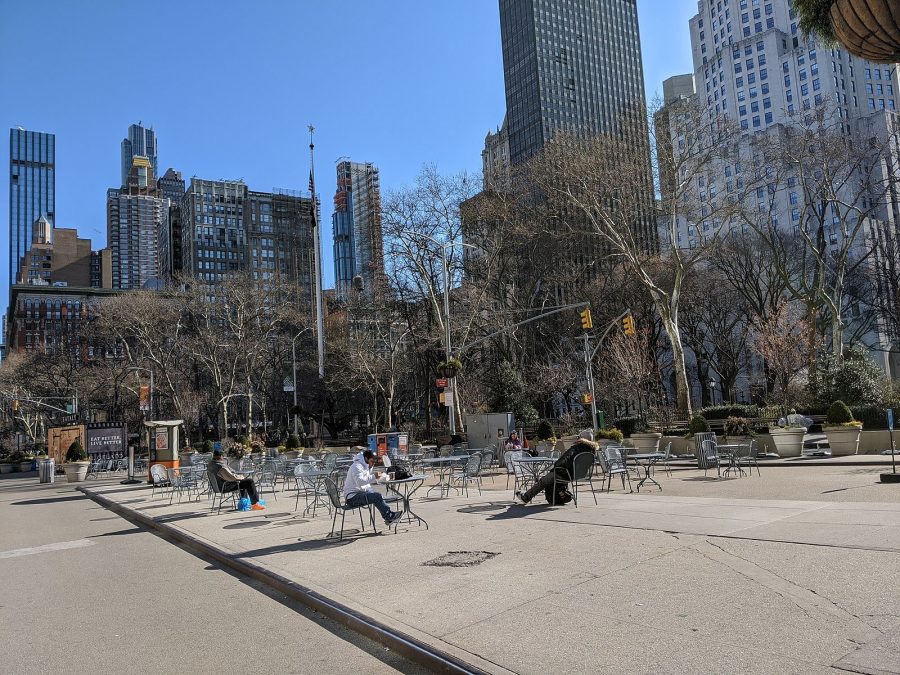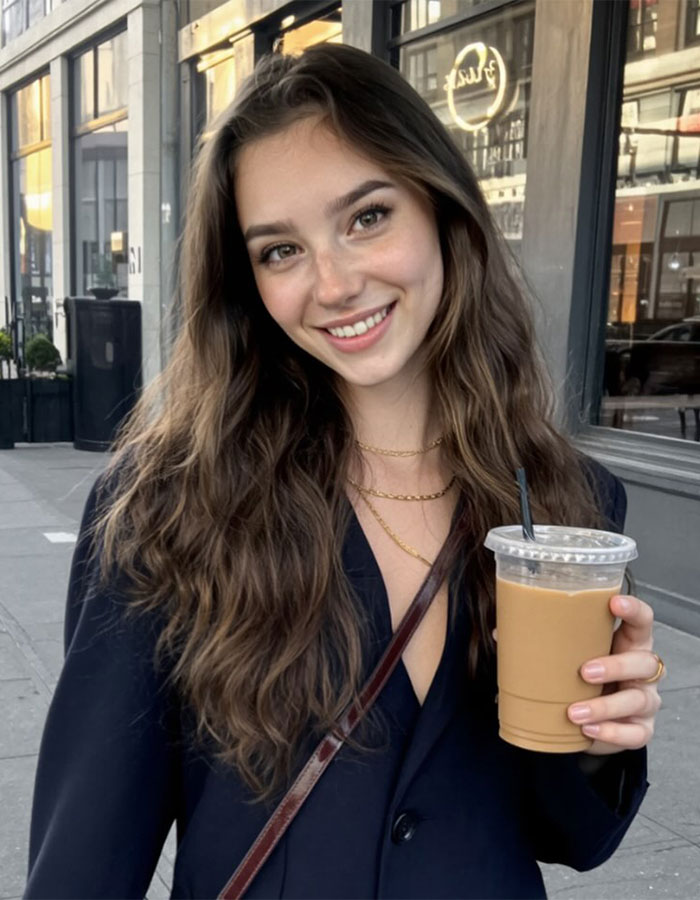Gov. Andrew Cuomo announced that he would lift some restrictions in New York state because of improving data, while keeping some restrictions in areas that have high positivity rates on Jan. 25.
NY will lift restrictions on all remaining orange and yellow zones, except for parts of the greater New York area, “including Washington Heights, the Bronx and Queens, and the Newburgh area upstate,” CNBC reported. These excluded areas are still considered to be “yellow zones.”
Additionally, Cuomo will be “erasing the handful of remaining “orange zones” in the state,” the Associated Press said.
Some of the changes being made to the restrictions are that weddings and receptions can take place under strict state guidance starting on Mar. 15, and the Wall Street Journal said elective surgeries can resume in Erie County. Cuomo also mentioned in his briefing from Jan. 29 that NYC can resume indoor dining on Valentine’s Day, but only at 25% capacity. This gives restaurants time to notify workers, order supplies and get their spaces set up for customers.
The change in metrics made Cuomo confident in beginning to ease restrictions. There were 373 less statewide hospitalizations from Jan. 25 to Jan. 29, and the statewide positivity rate decreased from 5.47% to 4.65% over the same time.
“I think we’re at a new place now, and we can start to adjust that valve, and start to open up more economic activity, and reduce some of the restrictions, and reduce some of the what we call micro-cluster zones, orange zones, et cetera,” he said in a press briefing on Jan. 25.
While Cuomo reported that the state passed the worst of its post-holiday surge in cases that seem to have peaked on Jan 4. according to CNBC, that figure has dropped. “I think at this point it’s safe to say the holiday surge was anticipated, the holiday surge did happen, but the holiday surge is over,” he said, according to a transcript from a briefing on Jan. 27.
The announcement of easing restrictions angered some restaurant owners in NYC. Even though many people are pleased to hear they can participate in indoor dining again, restaurant owners, who have been calling on Cuomo to ease restrictions for a while, “can’t survive with three out of every four seats empty,” the New York Post said.
According to ABC News, executive director of the NYC Hospitality Alliance Andrew Regie said “Governor Cuomo’s never-ending restrictions keeping indoor dining closed at New York City restaurants, while keeping it open around the rest of the state where infection and hospitalization rates are higher than in New York City, is discriminatory,” prior to Cuomo changing his mind about restrictions.
Comparatively, other parts of the state were able to have indoor dining while NYC was prevented from doing so when it was shut down in December. Restaurants in “orange zones” outside of NYC were permitted to open at 50% capacity in early January, while NYC restaurants under the same distinction were prohibited from doing so.
However, Cuomo emphasized that beyond strict government restrictions and rules, it is up to the people to go if they feel safe. He said that safety will come from being confident in testing and vaccines.
“I believe if I said today movie theaters can open to 100 percent, I don’t believe people go. I believe people have to be confident that it’s safe,” Cuomo said on Friday.
Safety became a primary concern for New Yorkers, especially with new strains of the virus spreading in South America, Brazil and the United Kingdom. The variants are said to be very contagious by the Centers for Disease Control and Prevention. This means that some people are weary of easing restrictions because of the fear of getting sick.
“The new strains are a real concern and the COVID threat is not over,” Cuomo said.
Easing restrictions also highlights how important it is for people to get vaccinated. Nevertheless, the state has been having difficulties distributing the vaccine doses efficiently because they don’t have as many vaccines as they want. Both Cuomo and Mayor Bill de Blasio have called on the federal government to help.
Without an efficient allocation of vaccines, Cuomo said hospital capacity and the health of healthcare workers are at risk because there won’t be enough vaccines available. This has had a domino effect on plans that were made for vaccine accessibility.
For instance, NYC Health Commissioner Dr. Dave Chokshi said that supply changes have made it difficult for some people to get their second doses, according to the WSJ.
De Blasio also had to announce that the opening of NYC’s planned 24-hour vaccination sites are postponed until the city can get a larger supply of vaccines.








